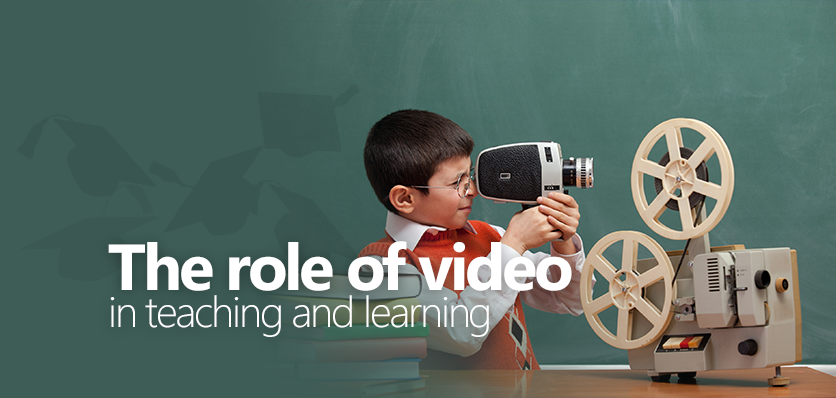
So, far from re-creating a 1960s classroom of students silently watching an ‘information’ film, here are 10 modern do’s and don’ts for making video part of your educational model.
use it as an afterthought or an optional ‘extra’. Make video an integral part of the lesson design.
support a video with a selection of other tools and resources that enable a student to fully explore each topic.
just replicate a classroom lecture. Make sure the content adds more, or comes at things differently.
think of ways to deliver that difference. Some of our suggestions include:
exploit the unique characteristics of video. For example, incorporate and mix various media formats such as text, still graphics, audio, video, animation and simulations. Each of these enable you to present content in different ways, and – perhaps more importantly – enable students to interact with it in different ways.
over-rely on re-using other peoples’ videos. There’s a lot out there (especially online) that initially appears to be excellent from a visual perspective. But often, it was originally produced for television, or for a conference and so on. It may therefore lack key elements of a curriculum, or not be produced with classroom needs in mind. Also, with many of the free educational video-sharing websites, it can be hard to find a video that’s precisely linked to your topic without first wading through hours of content of a general educational nature.
empower students to create their own video content: it can be a powerful way for them to ‘own’ the knowledge you’re looking to impart. Alongside this, they’ll also develop supplementary abilities in research, collaborative working, problem solving, technology and organization. Video blogs are a great way to start.
make video two-way. It shouldn’t just be something for students to watch. They should comment, share, interrogate, add their own material, and link to other content…
consider including interactive quizzes and other techniques as well.
overdo it. Videos should be short, and to the point. They should be part of your teaching mix, but not a dominant part.